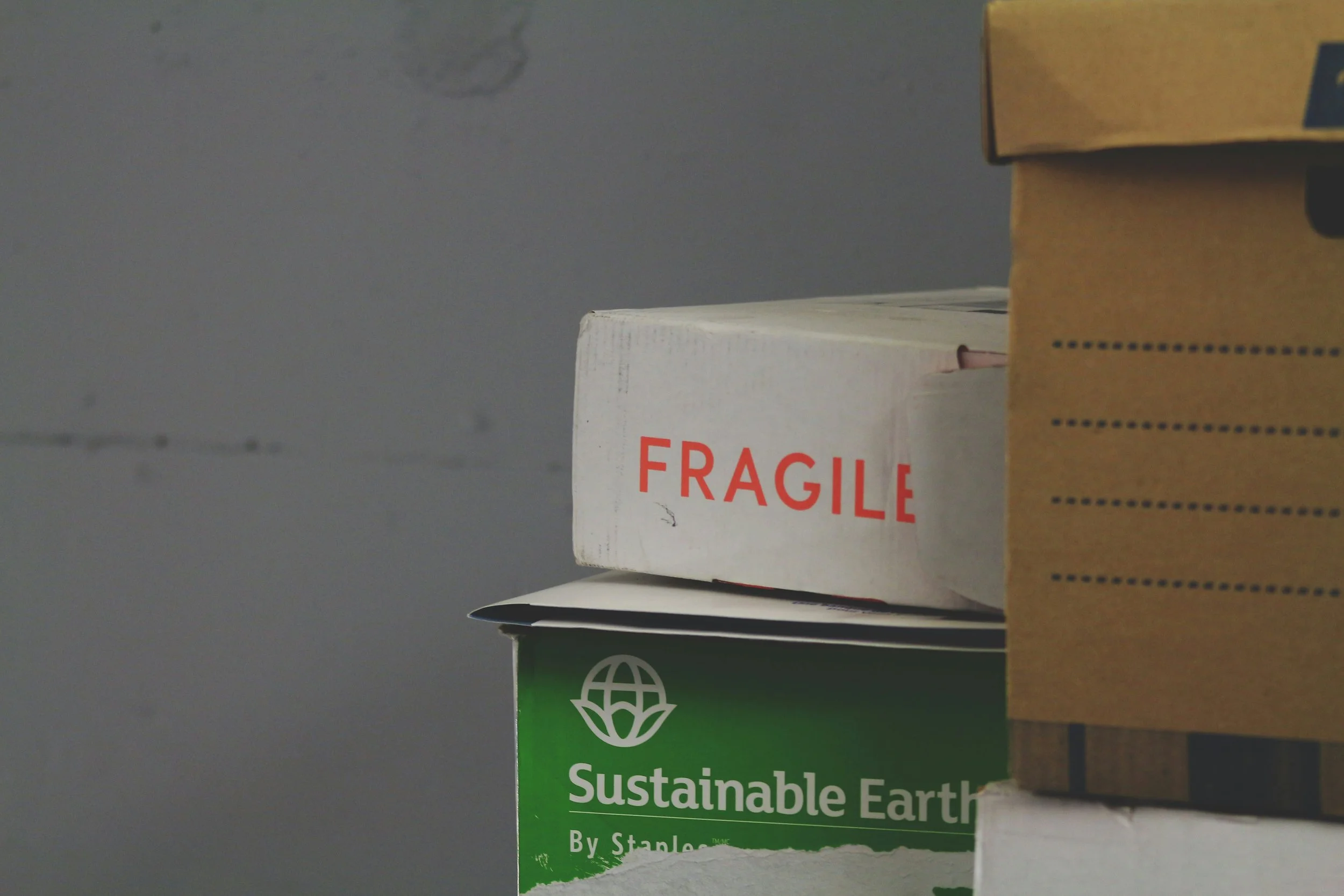Green Printing Myths Debunked: Separating Fact from Fiction on Sustainability
In an era of heightened environmental consciousness, the sustainability of print media is frequently questioned. A common, yet often outdated, perception is that choosing print inherently means choosing an environmentally harmful option. This narrative, largely fueled by the ease of claiming digital is "paperless," overlooks the significant, ongoing strides the print industry has made. It’s time to debunk the myths and shine a light on the facts of green printing.
The most persistent myth is that print is solely responsible for deforestation. The truth is far more complex. In developed nations like Australia, paper comes overwhelmingly from responsibly managed forests and plantations specifically grown for the industry, not from endangered old-growth forests. Certifications from organizations like the Forest Stewardship Council (FSC) and the Programme for the Endorsement of Forest Certification (PEFC) ensure that the paper stock is sourced from forests that are managed sustainably, protecting biodiversity and maintaining ecological balance. When you see an FSC logo on a piece of print, you're looking at a product that contributes to sustainable forestry, not its destruction.
Another misconception relates to waste and pollution. While paper usage does generate waste, the print industry has made massive investments in closed-loop recycling programs. Paper is one of the most successfully recycled materials globally. Furthermore, advancements in printing technology have drastically reduced the environmental footprint of the process itself. Modern printing houses increasingly rely on Vegetable-Based and Soy Inks instead of older, petroleum-based versions, which significantly reduces volatile organic compound (VOC) emissions during the drying process.
Crucially, when comparing print to digital, the environmental advantage isn't always clear-cut. Digital media has its own substantial footprint, often referred to as the "cloud's carbon cost." Consider the energy required to manufacture and power servers, data centres, and personal electronic devices, all of which rely on finite resources and contribute to e-waste, a far more toxic disposal challenge than paper. A piece of print, especially when sourced sustainably and recycled, can often boast a lower life-cycle environmental impact than the energy consumed by continuous digital engagement.
For modern businesses, choosing print is not a compromise on green credentials; it’s a commitment to informed choices. By partnering with printers who prioritize sustainable practices, from using certified paper and eco-friendly inks to minimizing energy and water usage, brands can produce high-impact, tangible communications while actively supporting environmental stewardship.
In the end, sustainability in print is about transparency and best practice. By demanding evidence of certification and understanding the full life-cycle of materials, businesses can confidently leverage the proven engagement power of print, knowing they are choosing a medium that has evolved to be an environmentally responsible part of the modern communication mix. The greenest choice isn't to stop printing, it's to start printing smarter.


